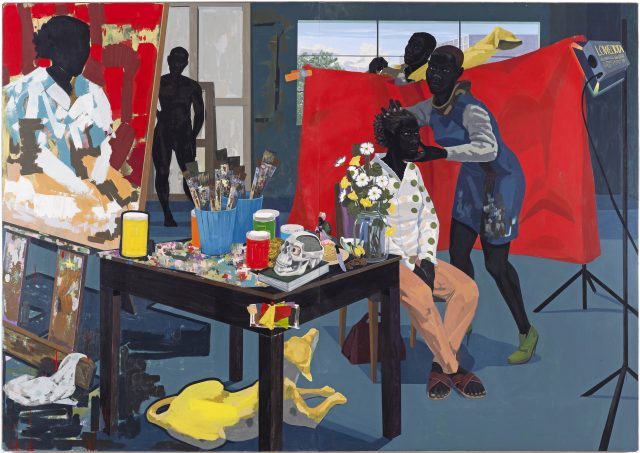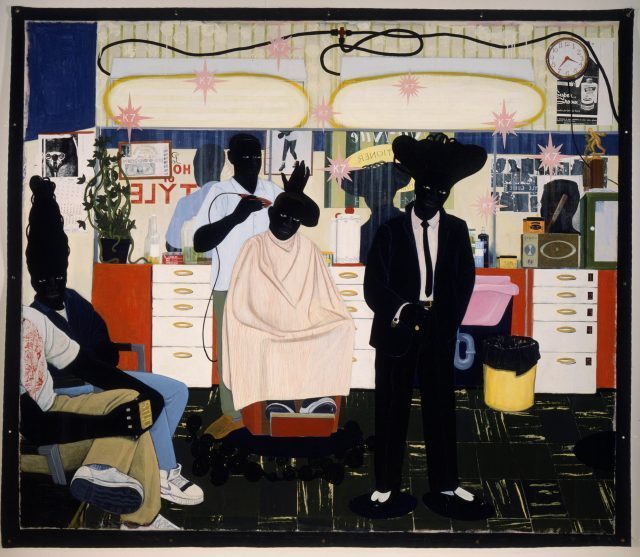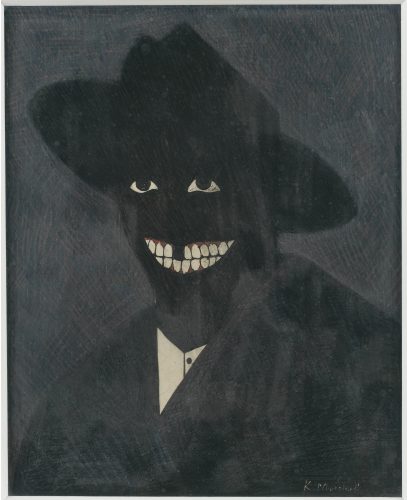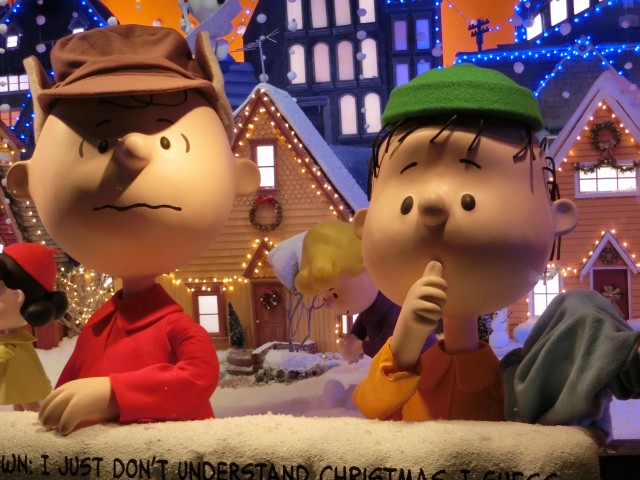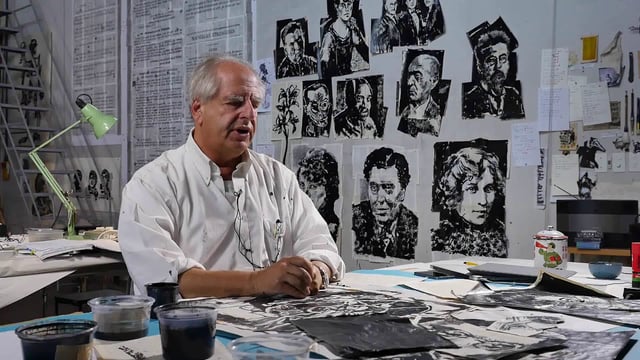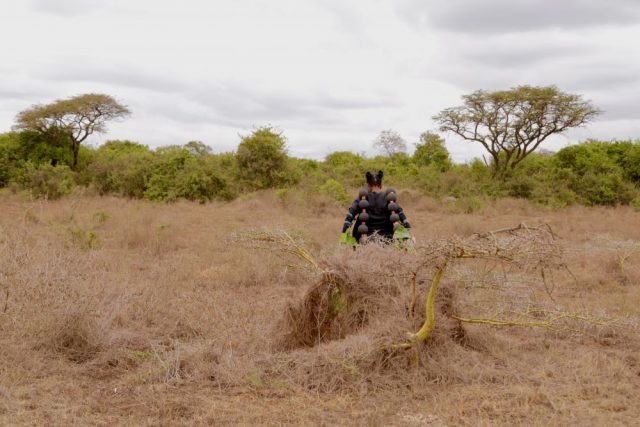
Wangechi Mutu, “Banana Stroke,” site-specific action painting, 2017 (courtesy of the artist / photo by Andrew Dru Mungai)
MetLiveArts / Performa 17
Metropolitan Museum of Art, Grace Rainey Rogers Auditorium
1000 Fifth Ave. at 82nd St.
Performance: Monday, November 13, and Tuesday, November 14, free with advance registration, 7:00
Talk: Wednesday, November 15, Performa Hub, 427 Broadway at Canal St., free, 1:00
212-570-3949
www.metmuseum.org
17.performa-arts.org
Kenyan-born artist and activist Wangechi Mutu, who is based in New York and Nairobi, will be at the Met Fifth Ave. on November 13 and 14 presenting the Performa 17 commission and MetLiveArts program Banana Stroke. The sculptor, collage painter, and multidisciplinary, multimedia artist is the founder of AFRICA’SOUT!, an organization that seeks to raise awareness and “advance radical change” regarding freedom of creative expression in Africa and the diaspora, with a particular focus on gender equality and gay rights. Banana Stroke is an immersive environment constructed from collages made with dyed, fermented, or saturated paper, a live performance, and a site-specific action painting. “A lot of my work reflects the incredible influence that America has had on contemporary African culture. Some of it’s insidious, some of it’s innocuous, some of it’s invisible. It’s there,” Mutu told Mother Jones in 2013. On November 15 at 1:00, she will be at the Performa 17 Biennial Hub at 427 Broadway for a free talk with writer and scholar Adrienne Edwards, concentrating on Mutu’s use of abstraction and performance over the last two years. The conversation is being held in conjunction with Performa’s AFROGLOSSIA program, curated by Edwards and featuring work by Mutu, Teju Cole, Tracey Rose, Julie Mehretu and Jason Moran, Yto Barrada, and others.
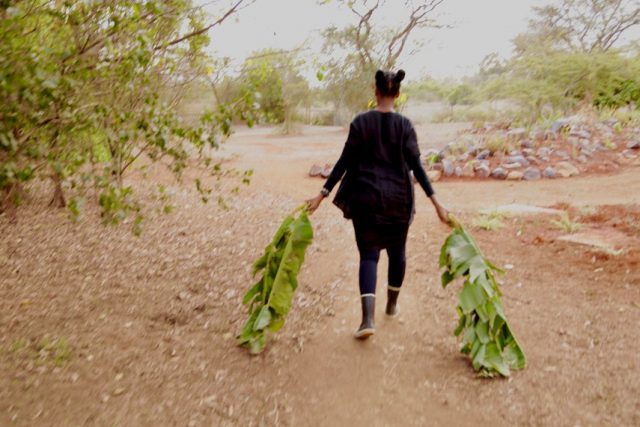
Wangechi Mutu, “Banana Stroke,” site-specific action painting, 2017 (courtesy of the artist / photo by Andrew Dru Mungai)
Update: Wangechi Mutu’s Banana Stroke is an intimate, immersive experience reminiscent of the Happenings of the 1960s and ’70s. A small, extremely lucky crowd is ushered into the Met’s Grace Rainey Rogers Auditorium and onto the stage, where they take seats on white benches of various heights and lengths, placed to the right and left. In between is an empty space with large white canvas boards at the front and back. Sounds of nature seep in and two related videos produced, edited, and photographed by Andrew Dru Mungai are projected onto the boards, in which the Kenyan-born Mutu rises from the ground wearing long banana branches on both hands. The videos switch from color to black-and-white while Mutu gently recites Nobel Prize–winning St. Lucian writer Derek Walcott’s “A Far Cry from Africa,” including: “Again brutish necessity wipes its hands / Upon the napkin of a dirty cause, again / A waste of our compassion, as with Spain, / The gorilla wrestles with the superman. / I who am poisoned with the blood of both, / Where shall I turn, divided to the vein? / I who have cursed / The drunken officer of British rule, how choose / Between this Africa and the English tongue I love?” In addition, such words as “Wail,” “Cry,” “Promise,” “Profane,” and “Stroke” appear on one of the walls and are spoken. The lights go out, and Mutu walks into the center, two long banana branches shackled to her arms. She moves slowly while going back and forth between the two canvases, dipping the banana leaves in metal containers of black ink and banging, dotting, and swirling them onto the stark whiteness and dragging them over the floor, the ink at times threatening to touch the audience as Mutu dances and throws her arms in the air.
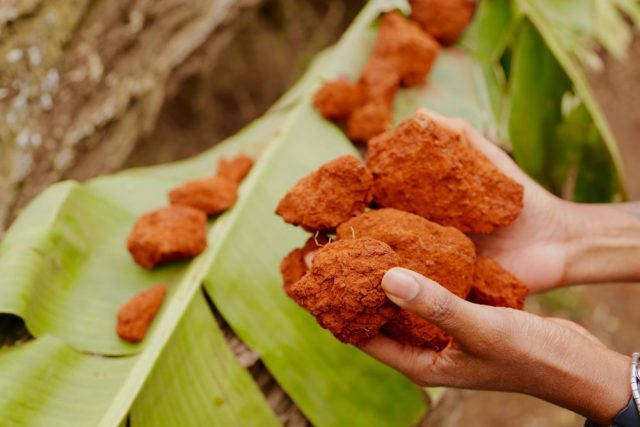
Wangechi Mutu, “Banana Stroke,” site-specific action painting, 2017 (courtesy of the artist / photo by Andrew Dru Mungai)
Satisfied with her stark creations, she leaves the stage in darkness, and soon two more videos are projected over the artwork, similar to the earlier films but not exactly the same. The action paintings are essentially abstract, but Mutu carefully crafted some very specific patterns that now make sense with what’s happening onscreen. The images and words clash with the black strokes on the white screens, calling into question the effects of the artistic intervention as well as that of the colonialists. And about sixty minutes before it all started, it’s over; the audience leaves in silence, Mutu not coming out to take a bow. Banana Stroke is a powerful, provocative experience layered with meaning that will take time and effort to decipher, but it’s well worth further investigation; perhaps Mutu will shed more light on it during her November 15 talk with curator Adrienne Edwards.
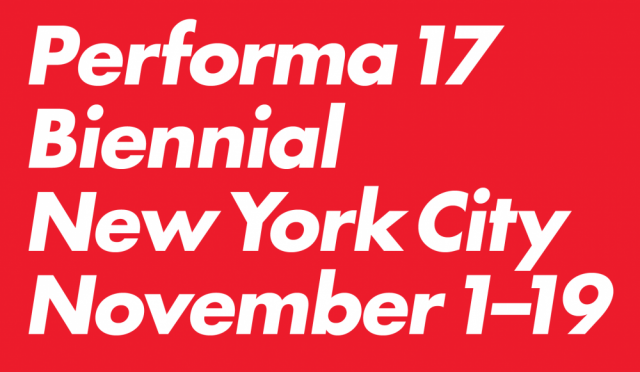
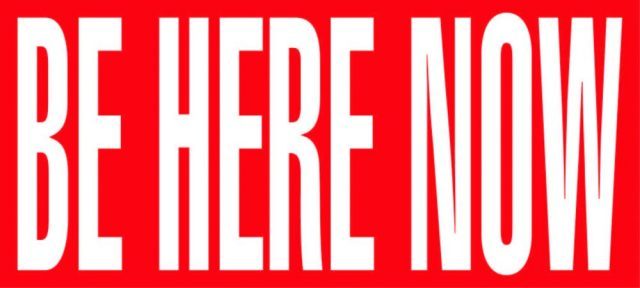
![Supercodex [live set], 2013, © Ryoji Ikeda photo by Ryo Mitamura](https://twi-ny.com/wp-content/uploads/2017/09/supercodex-e1504369221398.jpg)
